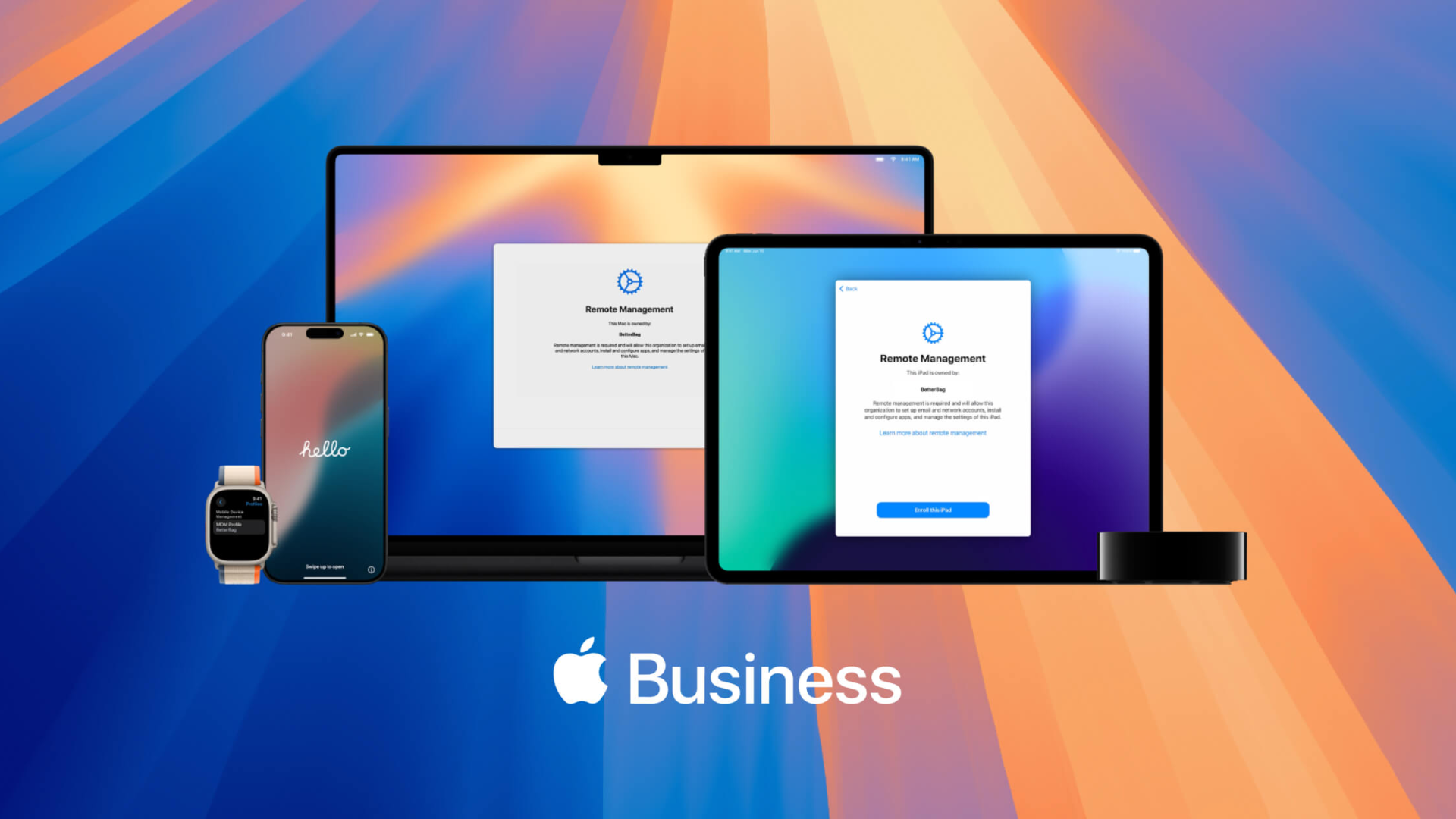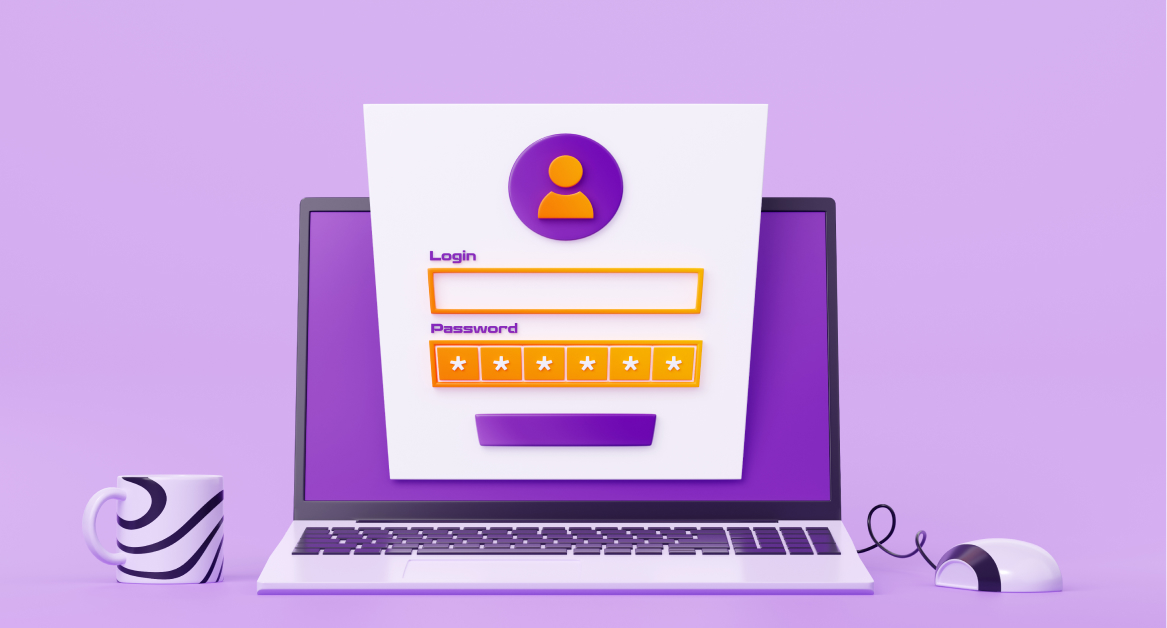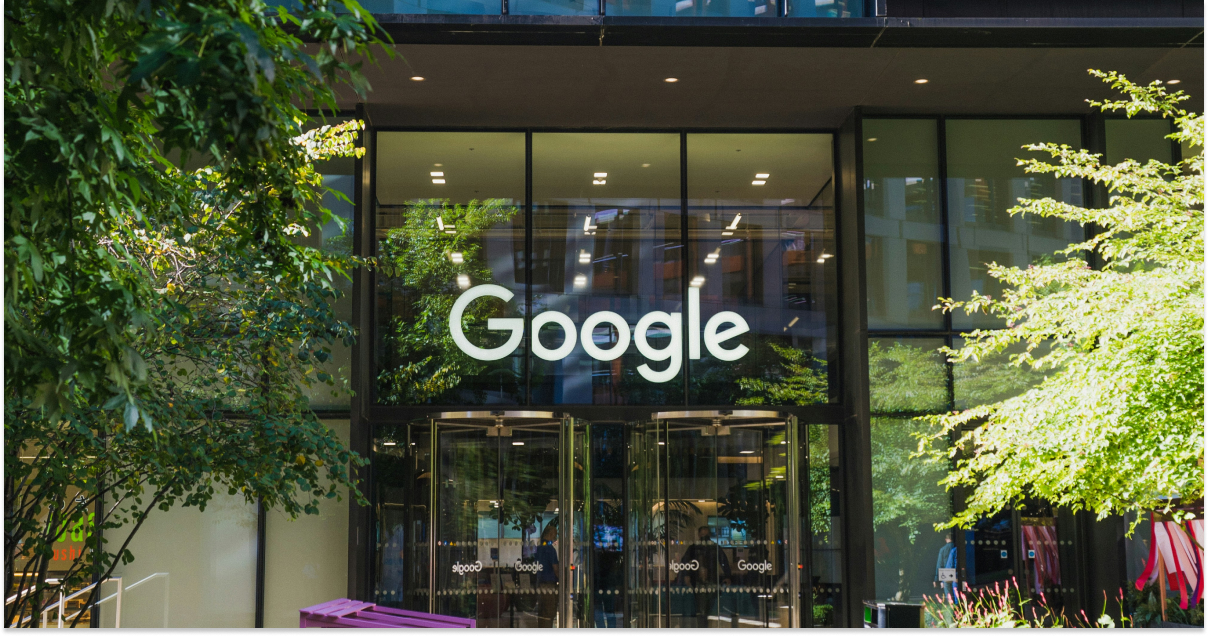IT issues can significantly disrupt operations, particularly for startups and businesses with hybrid or remote workforces. What are the most pressing IT problems that modern companies face? And how to successfully mitigate them?
From network downtime to the intricacies of cybersecurity threats, understanding these common IT issues helps leaders implement more robust systems and processes to support their evolving needs. Whether you’re a CEO, CIO, or startup founder, this guide aims to equip you with the knowledge and tools to handle IT disruptions.

1. Network downtime
Network downtime is a pervasive IT challenge that significantly hampers business productivity by disrupting access to critical applications, data sharing, and communication systems.
This issue can arise from various factors, including hardware failures, software bugs, overloaded systems, human errors, and cyberattacks. Inadequate infrastructure and the lack of redundancy plans also contribute significantly, especially in systems that are not regularly updated or maintained.
💡 Solutions:
- Invest in reliable networking equipment: Use high-quality networking hardware to ensure stability and performance.
- Implement redundant systems: Set up backup servers and alternative data paths to maintain connectivity during primary route failures.
- Regular network audits: Conduct proactive monitoring and audits to identify and rectify potential issues before they result in downtime.
- Quick-response protocols: Develop and enforce protocols to address and resolve downtime swiftly to minimize operational disruptions.
2. Data loss
Data loss poses a severe threat to any business, leading to operational setbacks and a loss of customer trust. This issue can result from hardware malfunctions, software corruption, human errors, or cybersecurity incidents such as ransomware. The absence of robust data backup procedures or flawed data handling practices can exacerbate the risk of losing valuable information.
💡 Solutions:
- Implement comprehensive backup plans: Schedule regular backups in multiple locations, including cloud-based services, to ensure data can be recovered quickly and with minimal loss.
- Educate employees: Train staff on best data handling practices and the importance of security measures to prevent data loss.
3. Cybersecurity threats
Cybersecurity threats are a critical concern for companies, as they can lead to sensitive data breaches, financial losses, and damage to a company’s reputation. These threats can originate from various sources, including hackers, malware, and phishing attacks, and are exacerbated by weak security protocols and insufficient employee training.
💡 Solutions:
- Strengthen security measures: Implement robust security protocols such as firewalls, anti-malware software, and encryption to protect against unauthorized access.
- Employee training: Regularly train employees on cybersecurity best practices and how to recognize phishing/smishing attempts and other common cybersecurity threats.
- Regular security assessments: Conduct thorough security assessments and penetration testing to identify and address vulnerabilities.
📌 Important (and free) resource: The Essential Data Breach Investigation & Mitigation Checklist
4. Software updates and management
Keeping software up-to-date is vital for ensuring the security and efficiency of IT systems. Outdated software can lead to vulnerabilities, which hackers can exploit to gain unauthorized access to sensitive information. Challenges in managing software updates can stem from the lack of automated update systems, inadequate IT support, or simply the sheer volume of updates required across different systems.
💡 Solutions:
- Automate updates: Use automated systems to ensure software updates are implemented as soon as they become available.
- Centralized management: Implement a centralized management system for software updates to maintain control and ensure consistency across all devices.
- Regular software audits: Perform regular audits to check for outdated software and ensure compliance with industry standards.

5. Hardware malfunctions
Hardware malfunctions are a frequent cause of IT disruptions, impacting everything from individual workstations to entire server systems. These issues can stem from outdated or poorly maintained equipment, physical damage, or normal wear and tear. Such malfunctions not only cause downtime but also lead to data loss and reduced productivity.
💡 Solutions:
- Regular maintenance: Schedule regular maintenance checks to ensure the hardware is in good working condition and to address issues before they lead to failures.
- Upgrade outdated equipment: Proactively replace outdated or end-of-life hardware to avoid breakdowns that can disrupt business operations.
- Implement hardware redundancies: Use redundant hardware systems, such as multiple hard drives and backup power supplies, to ensure continuous operation even if one component fails.
6. Scalability limitations
As businesses grow, their IT infrastructure must scale to meet increasing demands. Scalability limitations can manifest as slow system performance, frequent crashes, or inability to integrate new technologies. These issues are often due to inadequate initial system design or failure to anticipate future growth.
💡 Solutions:
- Scalable architecture design: Design IT systems with scalability in mind, using modular hardware and software that can be easily upgraded or expanded.
- Cloud solutions: Leverage cloud computing solutions to provide flexible and scalable IT resources that can be adjusted as needed without significant upfront investment.
- Capacity planning: Conduct regular capacity planning reviews to assess current usage and future needs, adjusting resources to meet demand.
7. Compliance and regulatory issues
Compliance with industry standards and regulations is crucial for maintaining legal and ethical operations, especially when handling sensitive data. Non-compliance can lead to legal penalties, loss of customer trust, and severe financial consequences. Common compliance issues include failing to meet data protection standards, inadequate security measures, and poor data handling practices.
💡 Solutions:
- Stay informed on regulations: Continuously monitor and update policies to comply with the latest industry regulations and standards.
- Implement compliance software: Use specialized compliance software to automate and manage regulatory compliance tasks, ensuring no requirement is overlooked.
- Regular compliance audits: Conduct regular audits to review practices and policies, ensuring they meet all regulatory requirements.
- Employee training: Train employees on compliance standards relevant to their roles, emphasizing the importance of following established protocols and procedures.
8. Poor system integration
Poor system integration can lead to inefficiencies and errors as disparate IT systems fail to communicate effectively. This challenge often arises in businesses that have evolved through mergers or rapid expansions, where legacy systems and new technologies operate in silos. The lack of integration impacts data accessibility, real-time data exchange, and overall operational efficiency.
💡 Solutions:
- Comprehensive integration plan: Develop a comprehensive plan that outlines the steps to integrate disparate systems into a cohesive IT infrastructure.
- Integration tools and software: Utilize modern integration tools and middleware solutions that facilitate seamless communication between different systems and platforms.
- Dedicated integration team: Assign a dedicated team to oversee integration projects, ensuring they are executed smoothly and meet organizational needs.
- Regular system evaluations: Conduct regular evaluations to identify integration issues and opportunities for improvement, ensuring systems remain compatible and functional over time.
9. Budget constraints
Budget constraints are a common challenge for many businesses, particularly small to medium-sized enterprises. These constraints can hinder the ability to upgrade or maintain IT systems, invest in necessary cybersecurity measures, or hire adequate IT staff. The result is often compromised system performance and increased vulnerability to IT issues.
💡 Solutions:
- Prioritize IT investments: Identify and prioritize critical IT needs that support business goals and provide the highest return on investment.
- Explore cost-effective solutions: Consider open-source software, cloud-based services, or refurbished hardware to reduce costs without sacrificing quality.
📌 Read more: Top 11 Free and Low-Cost Endpoint Security Software for Your Remote Team
- IT spending plan: Develop a strategic IT spending plan that aligns with business priorities and adjusts as those priorities evolve.
10. Inadequate IT support
Inadequate IT support can significantly impact a company’s operations, especially as IT systems grow more complex. This issue often arises in businesses that have not scaled their IT support with their growth. Especially for remote teams, remote IT support introduces a whole new set of challenges.
A lack of skilled IT professionals or comprehensive support strategies can lead to slow response times, unresolved issues, and increased downtime, affecting overall productivity and employee satisfaction.
💡 Solutions:
- Scale IT support teams: Ensure the IT support team is appropriately scaled to meet the growing demands of the business.
- Implement support software: Use advanced IT support software to manage and streamline support requests, improving response times and efficiency.
- IT ticket system: An effective IT ticket system allows for the tracking and managing of user tickets from initial report to resolution, ensuring transparency and accountability throughout the process.
- Outsource IT support: Consider outsourcing IT support to specialized providers who can offer 24/7 service and expertise, particularly for complex issues.
11. Mobile and remote work challenges
The shift to mobile and remote work environments presents unique IT challenges related to connectivity, security, and device management. These challenges can hinder employees’ ability to work efficiently and securely outside traditional office settings. Issues such as secure data access, device management, and consistent connectivity are central to these challenges.
💡 Solutions:
- Implement Mobile Device Management (MDM) Software: Utilize MDM software, such as Esevel, to manage and secure employee devices, ensuring that security configurations and policies are consistently applied.
- Secure remote access tools: Deploy secure remote access tools to enable safe and reliable access to corporate networks and resources from any location.
- Regular security training: Provide ongoing security training to remote employees to help them recognize and mitigate risks associated with mobile and remote work.
✨📱 Esevel provides comprehensive IT solutions tailored to support mobile and remote work environments, enhancing your workforce’s productivity and security wherever they are.
12. Data privacy
Data privacy remains a paramount concern for businesses as they handle increasingly large volumes of sensitive data. The risk of data breaches and unauthorized access can lead to severe repercussions, including legal penalties, reputational damage, and loss of customer trust.
Challenges in data privacy often stem from inadequate security measures, poor data handling practices, and the complexities of complying with international data protection regulations.
💡 Solutions:
- Implement robust security protocols: Establish strong security measures such as encryption, two-factor authentication, and secure data storage solutions to protect sensitive information.
- Regular privacy audits: Conduct privacy audits to ensure compliance with data protection laws and identify any potential vulnerabilities in your data handling processes.
- Employee training: Regularly train employees on the importance of data privacy and secure data handling techniques to prevent accidental breaches and leaks.
- Data privacy officer: Consider appointing a Data Privacy Officer to oversee data protection strategies and ensure compliance with privacy laws.
Secure your IT infrastructure remotely with Esevel
It’s clear that proactive management of IT issues is not just beneficial—it’s essential for business continuity and success. Addressing the challenges outlined in this blog—from network downtime and data loss to cybersecurity threats and beyond—requires a comprehensive approach.To provide a solution to these IT challenges, Esevel offers an all-in-one IT technology and services designed to streamline and secure your business across borders.







